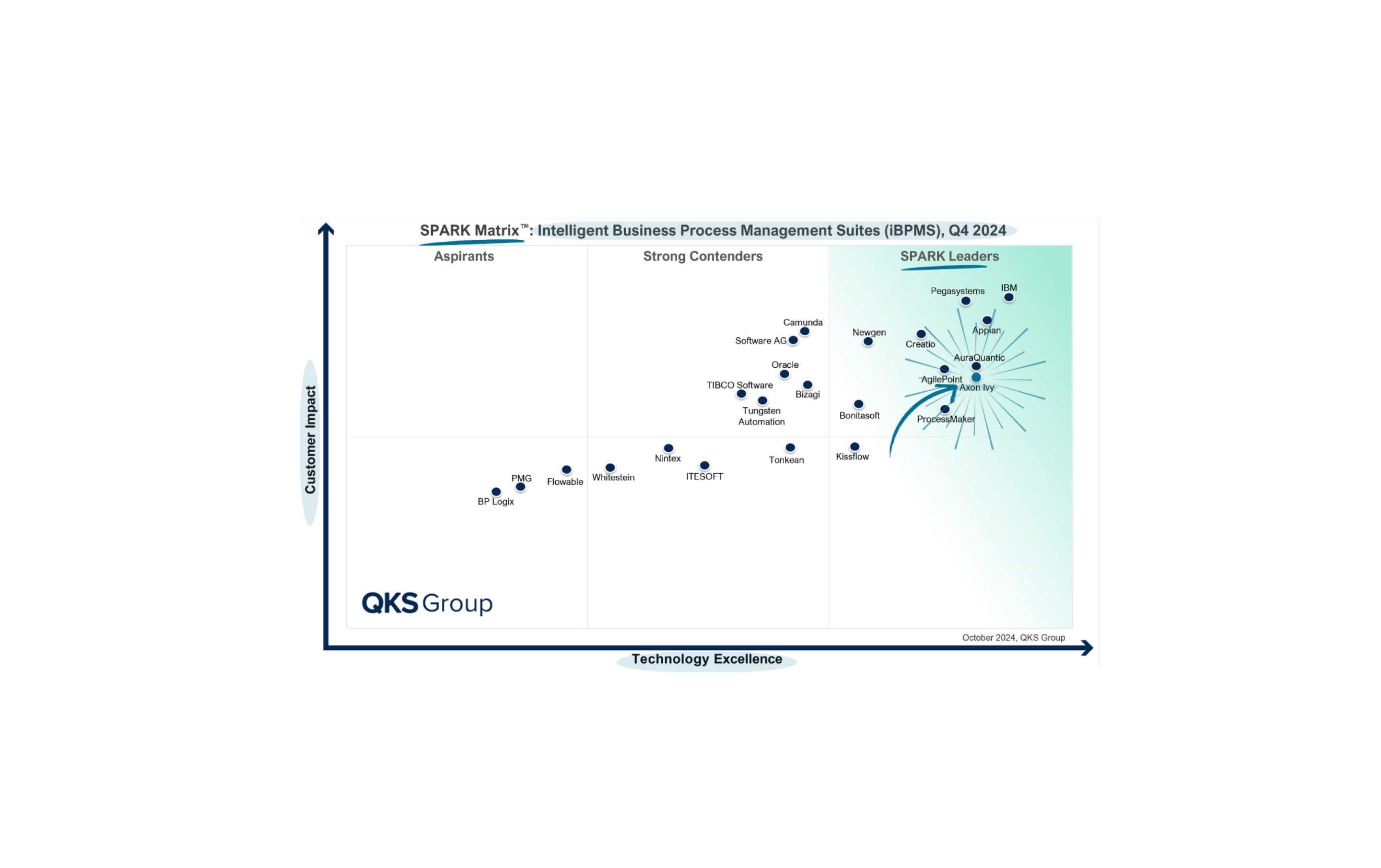
Maximize Efficiency: Five Steps to Identify Automation-Ready Processes
In order to remain competitive in the digital age, companies must automate and digitalize their business processes. This begins with analyzing internal workflows to identify areas with optimization potential. One effective method is the Process Potential Analysis (PPA). This five-step analysis helps companies quickly overview all processes, pinpoint those best suited for automation, and provide a rough concept and calculation of the return on investment (ROI).
Efficient business processes are crucial for a company's success. Automation and digitalization can make manual processes faster, better, and more streamlined. However, many companies are unsure where to start. The PPA is ideal for identifying which business processes are consuming excessive time and money. It not only highlights potential optimizations but also lays the groundwork for further automation.
The PPA Step by Step
In the first step, PPA aims to map existing processes, including core, support, and management processes. This process map helps determine which processes can and should be automated. Cross-company, time-critical, standardized processes with high repetition rates and numerous interfaces are ideal candidates. Examples include handling inquiries, complaints management, customer service, and quality control. At the end of this step, a process portfolio is created, serving as the basis for further analysis.

From the process map to the project plan.
Influencing Factors in the Assessment: CSF, TSF, and SF
In steps two to four, the selected processes are analyzed in detail using critical success factors (CSF), technical success factors (TSF), and soft factors (SF).
CSFs include:
- Budget
- Resources
- Complexity
- Involvement of customers or users
TSFs are used to check whether the processes are suitable for a digital process automation platform. These include:
- IT landscape characteristics
- Existing process and IT standards
- Processing speed
- Process traceability
SFs include:
- Availability of resources
- Acceptance among the corporate divisions and IT
- Identification of possible weak points
Each factor is weighted and assessed on a scale of 0 (no impact on the processes) to 5 (very large impact on the processes). Weighted figures for each process are calculated based on CSFs, TSFs, and SFs and plotted on a 3D matrix. The X-axis represents the contribution to business success (CSF), the Y-axis represents technical feasibility (TSF), and the bubble size reflects soft factors (SF).

This matrix clearly shows which processes should be prioritized for automation.
ROI Calculation: Is Automation Worth the Effort?
After prioritizing processes for automation, the fifth step is to calculate the ROI to determine if automation will be beneficial. This involves analyzing the current state and defining a target model post-automation. Key factors such as time savings, required services, and necessary investments are considered, leading to a precise ROI calculation.
“Thanks to the PPA, companies gain a quick and transparent overview of their processes and their value creation.”
Benedikt Diekhans
Key Account Manager, Axon Ivy AG
Advantages of a PPA
A PPA provides a quick, transparent overview of processes and their value creation. It offers insights into optimization potential, necessary changes for process automation, and the required functional scope of the BPM system. Beyond identifying and prioritizing processes, the PPA's detailed analysis helps identify and minimize both general business and specific project risks associated with process automation. The ROI calculation provides a clear breakdown of necessary investments before starting an automation project.
Moreover, close collaboration with all stakeholders ensures the acceptance of new workflows among staff. Companies working with Axon Ivy benefit from on-the-job knowledge exchange and the opportunity to build a modular BPMS tool tailored to their needs. A PPA is the perfect starting point for any company looking to optimize and automate its business processes to stay competitive.




